 1998 Kia Clarus Combi (GC) Dimensions, Size & Specs
1998 Kia Clarus Combi (GC) Dimensions, Size & SpecsMeasurements of the 1998 Kia Clarus Combi, engineered for optimal performance and comfort
| Dimensions | |
|---|---|
| Length: | 4750 mm187.0 in15.6 ft |
| Width: | 1785 mm70.3 in5.9 ft |
| Height: | 1495 mm58.9 in4.9 ft |
| Trunk Capacity: | 304 liter10.7 cu ft |
| Trunk Capacity (Max): | 1580 liter55.8 cu ft |
| Weight Specifications | |
| Curb Weight: | 1275-1300 kg2811-2866 lbs |
| Maximal permitted Weight: | 1840-1865 kg4057-4112 lbs |
| Tire Specifications | |
| Tire Size: |
|
The Kia Clarus Combi (GC), produced between 1998 and 2001, is a practical and spacious station wagon designed to meet the needs of families and individuals requiring a versatile vehicle. With a length of 4750 mm (187 inches), a width of 1785 mm (70.3 inches), and a height of 1495 mm (58.9 inches), this model offers a balanced exterior dimension that provides ample interior space without compromising maneuverability. The vehicle’s curb weight ranges between 1275 kg to 1300 kg (2810 to 2866 lbs), allowing for a stable yet efficient driving experience, while its maximum weight capacity lies between 1840 kg and 1865 kg (4057 to 4113 lbs), supporting a variety of passenger and cargo configurations.
One of the standout features of the Kia Clarus Combi is its versatile luggage capacity, offering 304 liters (10.7 cubic feet) of space with the rear seats upright. When the rear seats are folded down, this expands dramatically to 1580 liters (55.8 cubic feet), providing ample room for larger items such as sports equipment, camping gear, or luggage for road trips. This makes the Clarus Combi a highly capable vehicle for everyday use and leisure activities.
The station wagon rides on 195/70 R14 tires, providing a good balance between comfort and road grip, suitable for varied driving conditions. The overall design and dimensions of the Kia Clarus Combi make it competitive among late-90s station wagons, delivering utility and value. Whether for family outings, daily commutes, or weekend adventures, the 1998-2001 Kia Clarus Combi stands out as a reliable and practical choice in its segment.
Discover the standout features that make the 1998 Kia Clarus Combi a leader in its class
Have a question? Please check our knowledgebase first.
The Kia Clarus Combi (GC) station wagon produced from 1998 to 2001 has a length of 4750 mm (186.6 inches), a width of 1785 mm (70.3 inches), and a height of 1495 mm (58.9 inches). These dimensions place it within the typical range of mid-size station wagons of its era, providing a spacious yet manageable footprint for everyday driving and parking.
The Kia Clarus Combi (GC) weighs between 1275 and 1300 kg (approximately 2810 to 2866 lbs) when unladen, depending on the specific trim and equipment level. Its maximum allowable weight ranges from 1840 to 1865 kg (around 4057 to 4112 lbs). This indicates a payload capacity of about 565 to 590 kg (approximately 1245 to 1301 lbs), suitable for a station wagon designed to carry passengers and cargo comfortably.
With the rear seats in their upright position, the Kia Clarus Combi offers a luggage capacity of 304 liters (about 10.7 cubic feet). Folding down the rear seats increases the cargo space significantly, opening up 1580 liters (approximately 55.8 cubic feet) of capacity. This makes the vehicle versatile for transporting larger items, making it practical for families or those needing extra cargo room.
A standard home garage typically measures about 2400 mm (94.5 inches) in width, 5400 mm (212.6 inches) in length, and 2100-2400 mm (82.7-94.5 inches) in height. The Kia Clarus Combi, at 4750 mm (186.6 inches) long and 1785 mm (70.3 inches) wide, comfortably fits in terms of length and width within most standard garages. Its height of 1495 mm (58.9 inches) is well below typical garage heights, so parking in a standard garage should pose no issues.
With a width of 1785 mm (70.3 inches), the Kia Clarus Combi aligns with other mid-size station wagons of the late 1990s. Competitors in this segment often range between 1750 mm to 1850 mm (68.9 to 72.8 inches) in width, so the Clarus provides a comfortable cabin space without sacrificing maneuverability. This width helps in both providing interior comfort and maintaining ease of parking in urban settings.
The Kia Clarus Combi comes equipped with 195/70 R14 tires. The 195 mm width offers a good balance between grip and fuel efficiency, while the 70 aspect ratio (sidewall height as a percentage of the width) provides sufficient cushioning for comfort. The 14-inch wheel diameter is standard for vehicles of this size from the era, balancing handling responsiveness and ride softness.
Standing at 1495 mm (58.9 inches) tall, the Kia Clarus Combi has a moderate height for a station wagon. This height ensures a low center of gravity which typically contributes to better handling and driving stability, especially around corners. Additionally, the height allows for sufficient headroom to keep passengers comfortable without making the vehicle too bulky or difficult to maneuver under low-clearance areas.
The Kia Clarus Combi (GC) replaced the Kia Sephia station wagon variant, offering significant improvements in dimensions and practicality. The Clarus is notably longer at 4750 mm compared to the Sephia's shorter length, providing more interior space and cargo capacity. Additionally, the Clarus improved build quality and added modern features, while retaining a similar curb weight, thereby offering better utility without sacrificing drivability.
Compared to competitors like the Toyota Caldina, Ford Mondeo Wagon, and Opel Vectra Wagon from the late 1990s, the Kia Clarus Combi holds its own with a length of 4750 mm (186.6 inches) and cargo space up to 1580 liters (55.8 cubic feet) with seats folded. While its width is slightly narrower than some rivals, its cargo capacity is competitive, making it a practical choice for drivers seeking balance between passenger comfort and storage capability.
The Kia Clarus Combi’s maximum weight, ranging between 1840 and 1865 kg (4057 to 4112 lbs), includes the vehicle’s curb weight plus passengers and cargo. Staying within this limit is crucial for safe handling, braking efficiency, and suspension durability. Overloading beyond this capacity can compromise vehicle stability, increase tire wear, and reduce fuel efficiency, so it’s important for users to adhere to these specifications to maintain optimal performance and safety.
Discover similar sized cars.
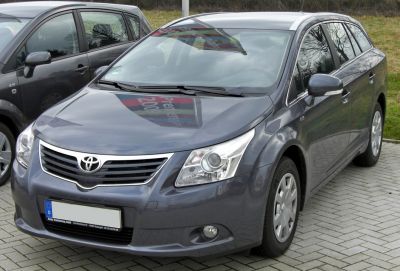
| Production: | 2009-2011 |
|---|---|
| Model Year: | 2009 |
| Length: | 4765 mm187.6 in |
| Width: | 1810 mm71.3 in |
| Height: | 1480 mm58.3 in |
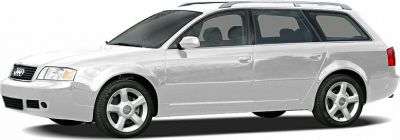
| Production: | 2000-2005 |
|---|---|
| Model Year: | 2001 |
| Length: | 4810 mm189.4 in |
| Width: | 1852 mm72.9 in |
| Height: | 1551 mm61.1 in |
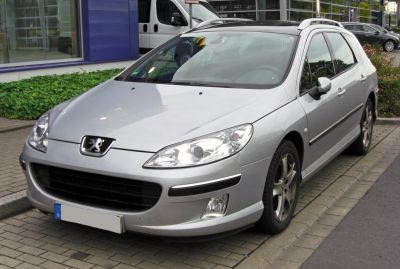
| Production: | 2006-2008 |
|---|---|
| Model Year: | 2006 |
| Length: | 4763 mm187.5 in |
| Width: | 1811 mm71.3 in |
| Height: | 1486 mm58.5 in |
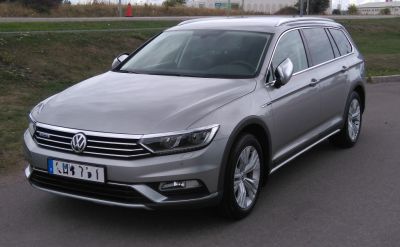
| Production: | 2019-2023 |
|---|---|
| Model Year: | 2020 |
| Length: | 4780 mm188.2 in |
| Width: | 2083 mm82.0 in |
| Height: | 1527 mm60.1 in |
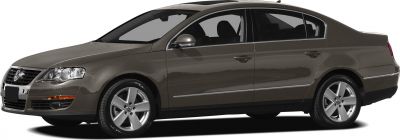
| Production: | 2010-2014 |
|---|---|
| Model Year: | 2010 |
| Length: | 4771 mm187.8 in |
| Width: | 2062 mm81.2 in |
| Height: | 1508-1516 mm59.4-59.7 in |
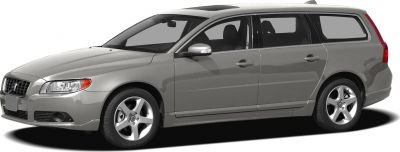
| Production: | 2007-2013 |
|---|---|
| Model Year: | 2008 |
| Length: | 4823 mm189.9 in |
| Width: | 2106 mm82.9 in |
| Height: | 1547 mm60.9 in |
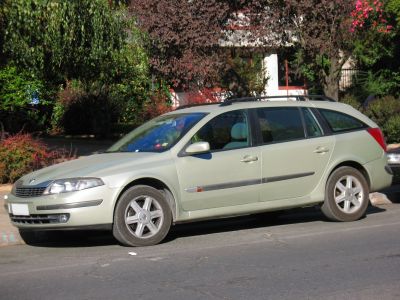
| Production: | 2001-2008 |
|---|---|
| Model Year: | 2001 |
| Length: | 4695 mm184.8 in |
| Width: | 1772 mm69.8 in |
| Height: | 1443 mm56.8 in |
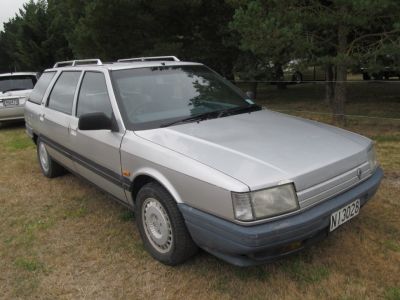
| Production: | 1986-1995 |
|---|---|
| Model Year: | 1986 |
| Length: | 4693 mm184.8 in |
| Width: | 1726 mm68.0 in |
| Height: | 1450 mm57.1 in |
